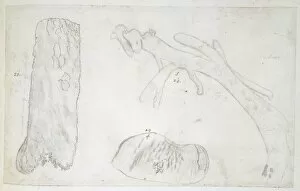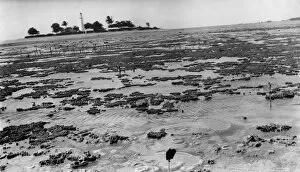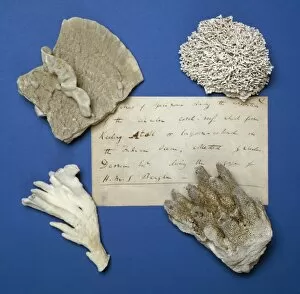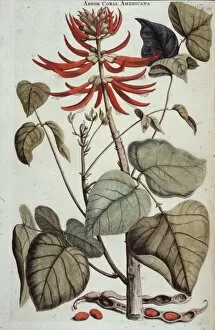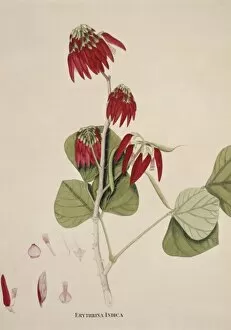Anthozoan Collection (page 4)
Anthozoans, a diverse group of marine animals, encompassing sea anemones and corals, have captivated scientists and nature enthusiasts for centuries
All Professionally Made to Order for Quick Shipping
Anthozoans, a diverse group of marine animals, encompassing sea anemones and corals, have captivated scientists and nature enthusiasts for centuries. This captivating Coral Gallery from 1895 showcases the stunning beauty and intricate structures of these remarkable creatures. In this mesmerizing collection, we encounter a plethora species that inhabit different corners of our planet. From the Caiman crocodilus crocodilus in South America to the Anilius scytale found in Sri Lanka's tea estates, their presence is truly global. Amongst them are Bunodes ballii and Sagartia coccinea - two enchanting sea anemones that grace us with their vibrant colors and delicate tentacles. Their ethereal beauty is further accentuated by Phellia brodricii and Caryophyllia clavus, showcasing the diversity within this fascinating group. As we delve deeper into this gallery, we stumble upon Syringopora - a fossil coral that takes us back millions of years to witness the evolution of these ancient organisms. Its intricate patterns serve as a reminder of Earth's rich history. Sagartia sphyrodeta stands out among its counterparts with its unique appearance and distinctive characteristics. This particular sea anemone leaves onlookers awestruck with its striking features. Lastly, Fungia coral adds another layer to this captivating display. Its disc-shaped structure creates a mesmerizing spectacle reminiscent of underwater gardens flourishing beneath turquoise waters. This Coral Gallery not only showcases the breathtaking beauty but also highlights the importance of preserving these fragile ecosystems. As climate change threatens their existence today more than ever before, it becomes imperative for us to protect these anthozoans' habitats so future generations can continue marveling at their splendor. Let us be inspired by this timeless collection as we strive towards conservation efforts that will ensure our oceans remain teeming with life for years to come.

